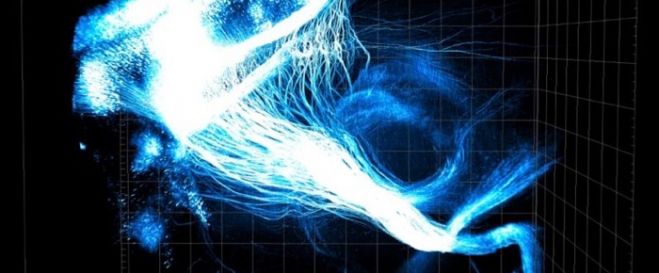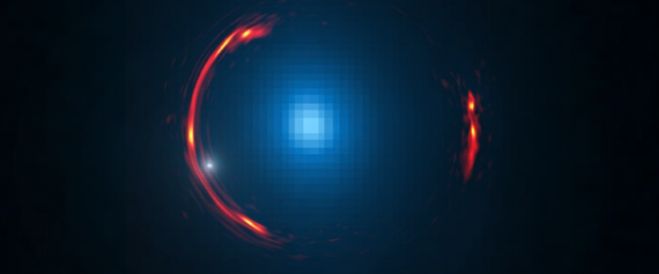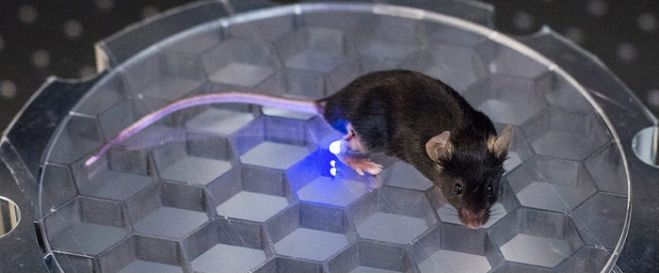 Applications and Discovery of Plant Chemistry. (Image credit: Sattely Lab)
Applications and Discovery of Plant Chemistry. (Image credit: Sattely Lab)
Stanford scientists produce cancer drug from rare plant in lab to benefit human health
Stanford scientists produced a common cancer drug – previously only available from an endangered plant – in a common laboratory plant. This work could lead to a more stable supply of the drug and allow scientists to manipulate that drug to make it even safer and more effective.




